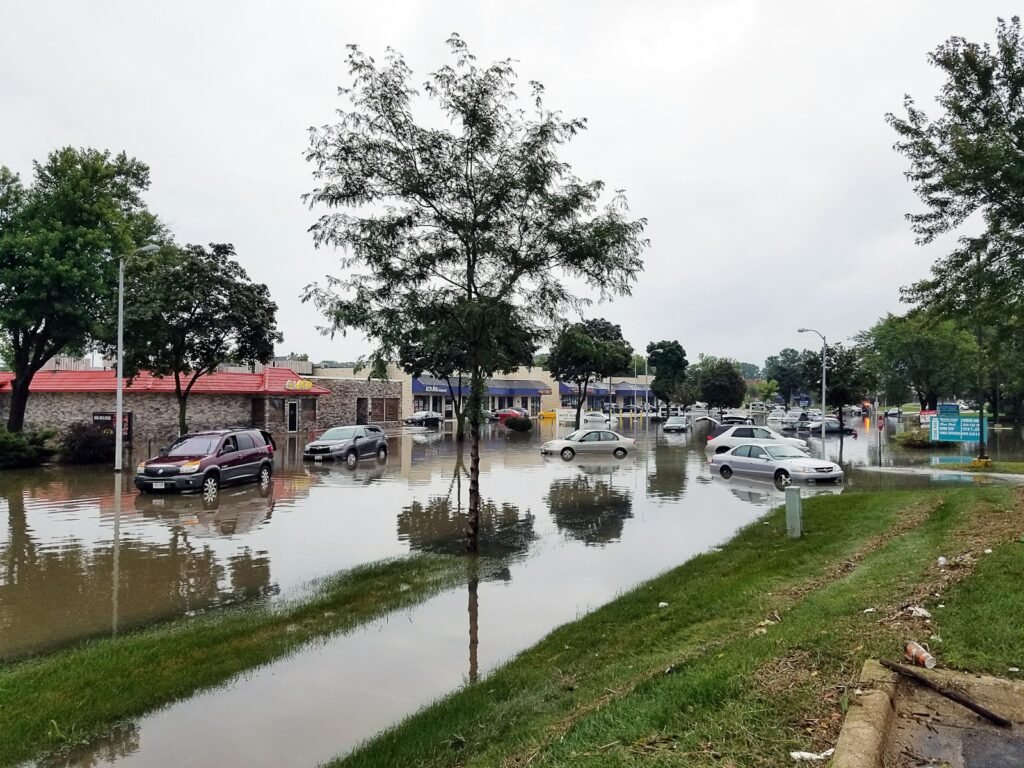
BALTIMORE, MD — As hurricane season causes widespread flooding across the country, Maryland Attorney General Anthony G. Brown and the Maryland Department of Transportation’s Motor Vehicle Administration (MVA) are teaming up to warn consumers about the potential dangers of purchasing flood-damaged vehicles.
The alert is aimed at anyone in the market for a used car, especially those considering vehicles from states recently impacted by storms and flooding. In many cases, these flood-damaged cars are resold without proper disclosure, putting buyers at risk of purchasing a vehicle with hidden, irreversible damage.
“Buying a used car is a major investment, and Marylanders deserve to know that the car they’re buying is safe, reliable, and free from damage that could compromise their safety,” said Attorney General Brown. “Don’t let a slick deal turn into a costly mistake.”
MVA Administrator Chrissy Nizer emphasized the importance of due diligence when purchasing a used vehicle, noting that while the MVA’s National Motor Vehicle Title Information System (NMVTIS) helps track flood-damaged cars, it’s still up to consumers to do their part in checking a vehicle’s history.
“Flooded cars may look fine on the outside, but the damage can be far more serious and harder to detect,” Nizer said. “Water can affect the vehicle’s electrical systems, airbags, and other crucial safety features, even if the car appears clean and dry.”
Warning Signs of Flood Damage
Flooded vehicles often have telltale signs that buyers should look for. These can include:
- Musty or moldy odor, often masked by strong air fresheners
- Damp or mismatched upholstery and carpeting
- Rust or corrosion around doors, under the dashboard, or on the pedals
- Mud or silt in unusual places, such as the glove compartment or under the seats
- Brittle or frayed wires under the dashboard
- Condensation or fog in interior lights or on the instrument panel
While some signs of flood damage are easy to spot, others, such as water-related damage to a car’s computer or airbag sensors, may not be immediately visible but can be life-threatening.
Tips for Protecting Yourself When Buying a Used Car
To protect themselves from buying a flood-damaged vehicle, the MVA and Attorney General’s office recommend the following steps:
- Inspect the vehicle thoroughly. Check the engine for high-water marks, rust or corrosion on wires, and signs of water damage in the trunk or under the spare tire.
- Shop at a licensed dealer. Avoid buying from “curb stoners” – individuals who may pose as private sellers to bypass consumer protection laws. Always verify the legitimacy of the seller.
- Check the vehicle’s history. Use resources like the National Insurance Crime Bureau (NICB), Carfax, or AutoCheck to see if the vehicle has a history of being marked as “salvage” or has been involved in a flood.
- Consider hiring a mechanic. A professional inspection can uncover hidden problems that could affect the vehicle’s safety and performance.
- Use the MVA’s NMVTIS database. The MVA has access to real-time alerts about flood-damaged vehicles through the National Motor Vehicle Title Information System, which tracks title and brand information across all U.S. jurisdictions.
What to Do If You Suspect You’ve Purchased a Flood-Damaged Vehicle
If you believe you’ve unknowingly purchased a flood-damaged car, you can file a complaint with the Maryland Attorney General’s Consumer Protection Division. Visit www.marylandattorneygeneral.gov to report your concerns or seek further assistance.
As the holiday season approaches and more consumers begin shopping for used cars, officials urge everyone to be extra cautious. Taking the time to do research and ask the right questions can save you money and ensure the safety of your purchase.
For more information about purchasing a vehicle in Maryland or to check the history of a used car, visit the MVA’s official website at www.mva.maryland.gov.


